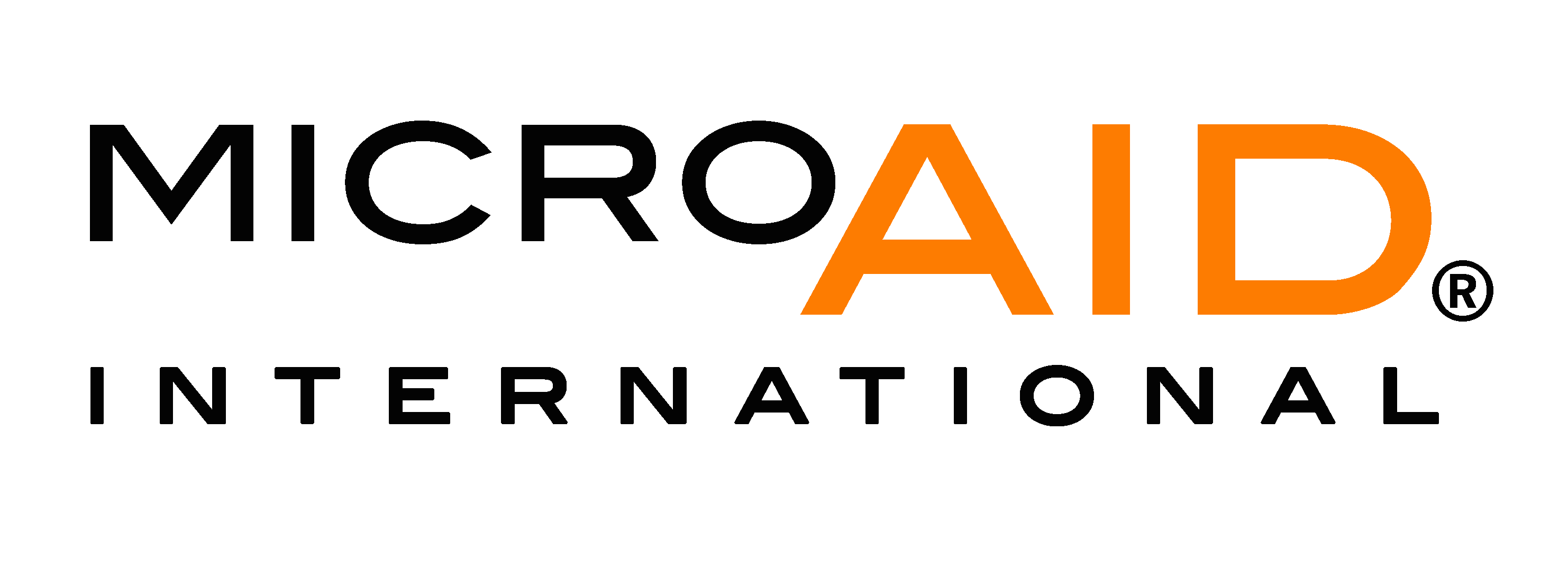
STRATEGY
MicroAid's effort to help survivors of disasters begins at the point when other larger aid organizations are phasing out and refocusing their efforts elsewhere. MicroAid steps in after the emergency response and relief issues of a disaster have been addressed but the long-term recovery is still going on.
Months or years after a disastrous event, a MicroAid project manager from the U.S. visits the region and, coordinating with local government and non-governmental agencies (NGOs), evaluates specific individuals' and families' ongoing needs. The project manager interviews survivors; verifies information; examines base-line studies; measures, assesses, and assures availability of local resources; establishes the methods to evaluate the project’s success; and creates a project portfolio for review by MicroAid’s board of directors. Once a MicroAid project portfolio is approved by the Board, the project manager assists with fundraising and returns to the field to help those in need. Once a project is started, a MicroAid project manager stays on site until it is complete.
In the field, a typical MicroAid project lasts from a few weeks to many months. It may include rebuilding homes, purchasing supplies or tools of livelihood, or assisting with renovation, relocation, or mitigation efforts. By personally identifying survivors’ needs and offering hands-on assistance using tools and equipment purchased in the local market, and using local labor, MicroAid enables beneficiaries to obtain what is most urgently needed, while supporting the local economy.
